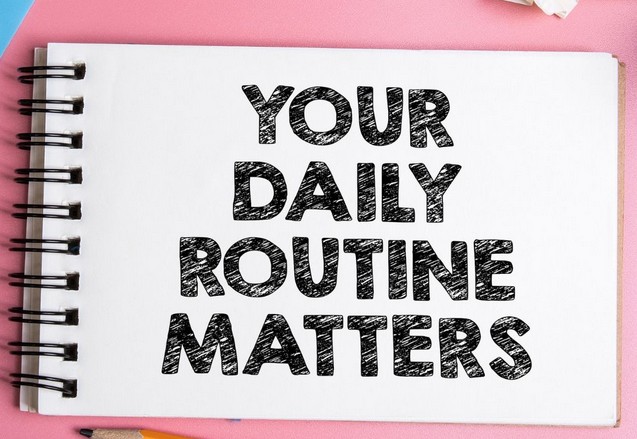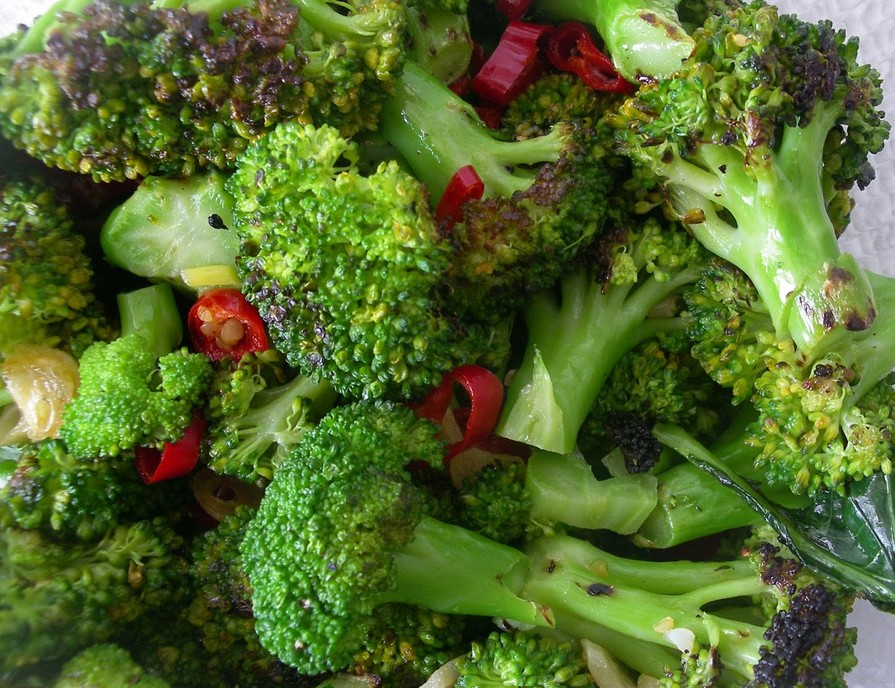Aging well isn’t about defying the years—it’s about making the years work for you. The habits you form and the rhythm you create each day play a huge role in how you feel, think, and move. A daily routine, even a simple one, can support your health, lift your mood, and bring a sense of purpose and structure. It’s not about perfection. It’s about consistency.
Why Routine Matters as We Age
Routine brings stability. As our bodies and lives change, having a daily rhythm can reduce stress, support cognitive function, and encourage healthy behaviors. It becomes a gentle structure that makes space for both rest and activity, meals and movement, quiet and connection.
Key Pillars of a Healthy Aging Routine
1. Start With a Morning Anchor
Begin the day with something grounding. This could be:
- A glass of water and a short stretch
- A warm shower and a nourishing breakfast
- Sitting by a window with tea and a few deep breaths
A consistent start tells your body and brain: the day has begun.
2. Move Your Body, Gently and Often
Daily movement supports balance, strength, circulation, and mood. Consider:
- A morning or afternoon walk
- Chair yoga or tai chi
- Light gardening or household tasks
- Dancing to music you love
Even 10 minutes of intentional movement can make a difference.
3. Eat Regular, Nourishing Meals
As appetite and digestion change with age, it’s important to eat regularly—even small meals. Aim for:
- Protein at every meal (eggs, beans, yogurt, chicken)
- Colorful fruits and vegetables
- Whole grains and healthy fats
- Hydration throughout the day (water, herbal tea, broths)
Eating by the clock can help, especially if hunger cues aren’t as strong.
4. Stimulate Your Mind
Keep your brain engaged to support memory, focus, and mental health:
- Do puzzles or crosswords
- Read a book or listen to an audiobook
- Try something creative: drawing, knitting, journaling
- Learn something new—even a small fact or word each day
5. Connect With Others
Loneliness impacts health just as much as physical conditions. Build in some form of social contact:
- A daily phone call or text to a friend
- Attending a community event or group
- Sharing a meal with someone
- Talking to neighbors or caregivers
6. Create a Calm Evening Wind-Down
Winding down in the evening supports better sleep and emotional well-being. Try:
- Turning off bright lights an hour before bed
- Limiting screen time at night
- Doing something relaxing: warm bath, gentle music, light reading
- Keeping a consistent bedtime
A Sample Routine
- 7:30 AM: Wake, drink water, gentle stretch
- 8:00 AM: Light breakfast and morning meds
- 9:00 AM: Walk or light exercise
- 10:30 AM: Brain game or creative activity
- 12:00 PM: Lunch with protein and veggies
- 1:00 PM: Rest or quiet time
- 3:00 PM: Social connection (call, visit, chat)
- 5:30 PM: Light dinner
- 7:00 PM: Calm activity, soft lighting
- 9:00 PM: Bedtime routine and sleep
Final Thoughts
A routine doesn’t have to be rigid. It should serve you, not the other way around. The goal is to feel steady, supported, and gently nudged toward what keeps you well.




